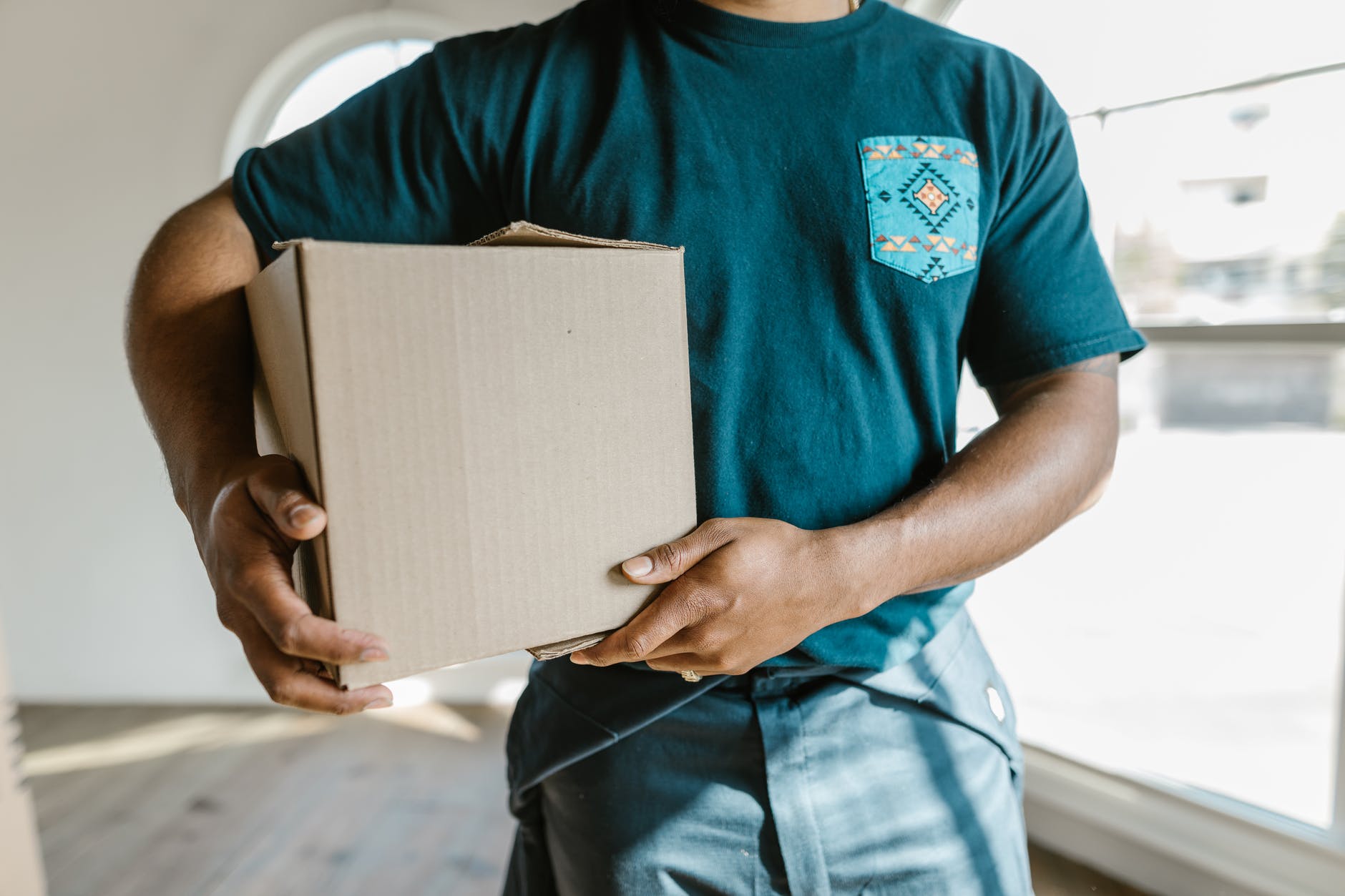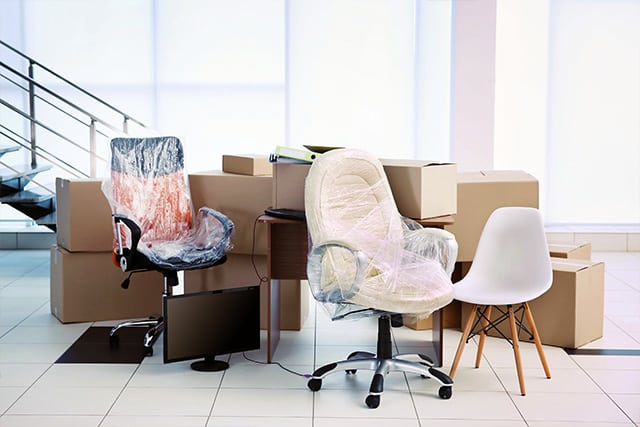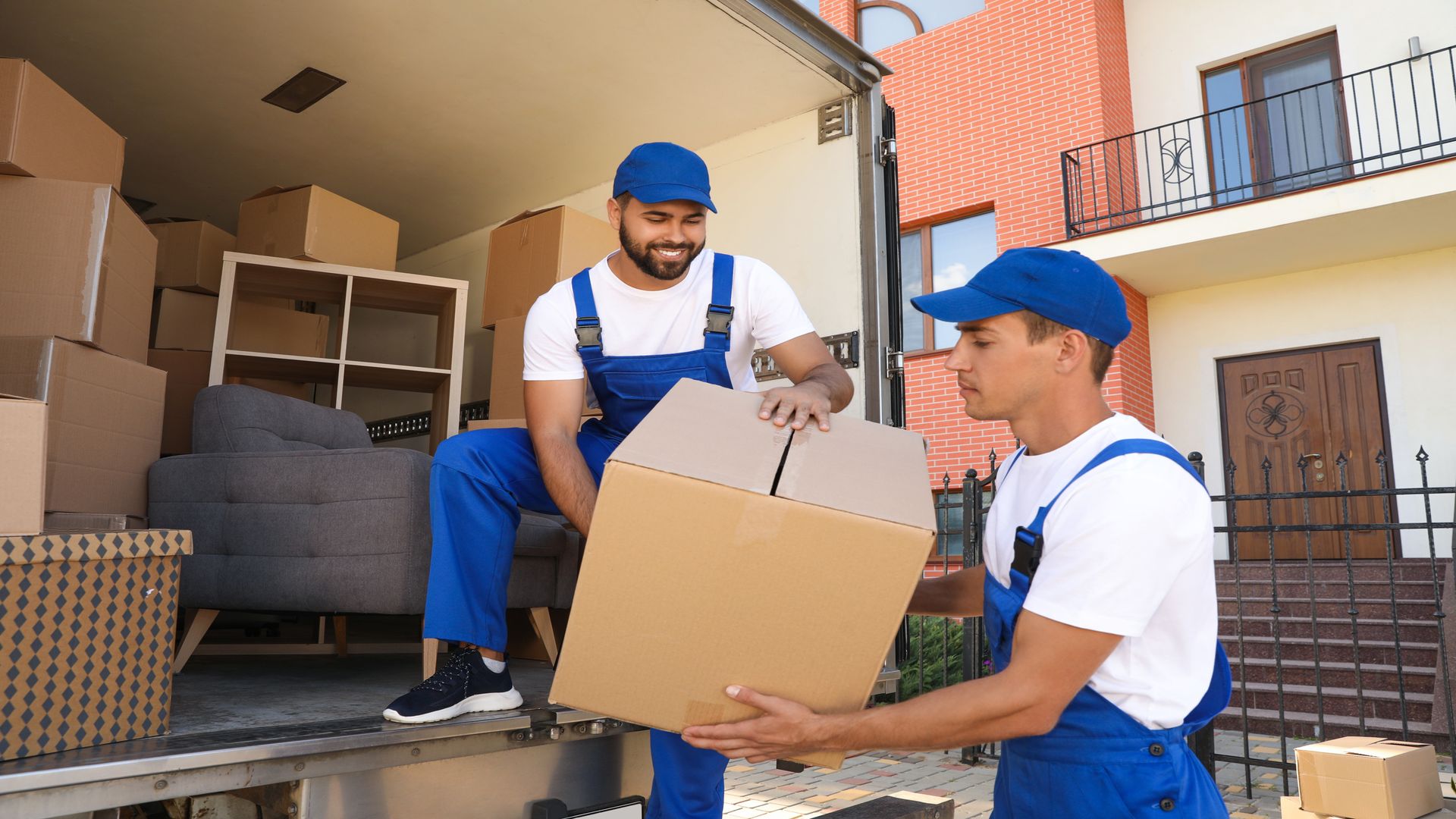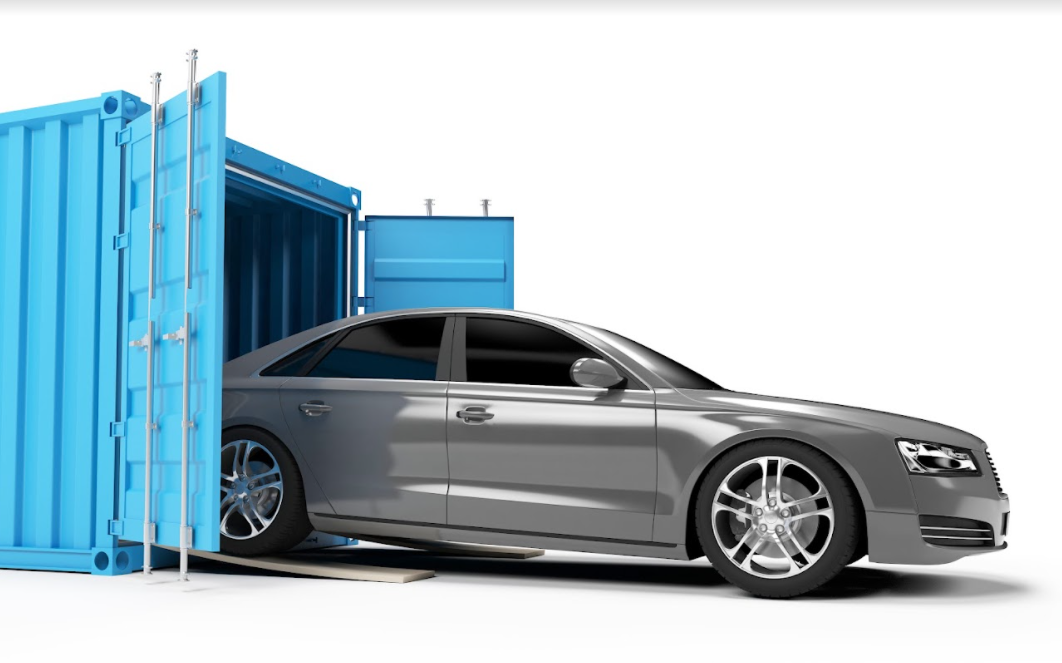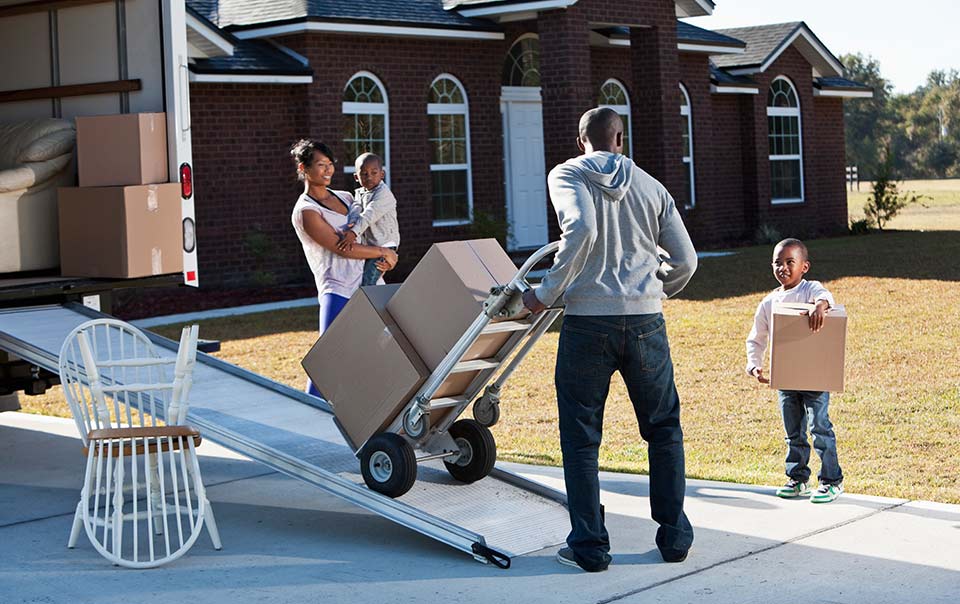The excitement of moving to a new home wears out when it comes down to the packing phase. Thankfully, with some tips and tricks and a hefty amount of bubble wrap, you can get done with it smoothly. But before we move ahead, let’s get down to what kind of damage to expect.
While packing, you’ll realize that you own more things than you anticipated. You’ll even find some things you had lost and been looking for. Take this as the perfect opportunity to declutter your belongings. Take along only the things that you need and that fit with your new place. It’ll also decrease a few things off your packing list and save you a great deal of time and effort.
There are three significant parts of belongings to be concerned about while moving: furniture, electronics, and kitchen inventory. While electronics and kitchen goods can get box packed and go as they are, the furniture will require an extra pair of hands and several hours of brainstorming whether that sofa will make it down the stairs in one piece or not.
During moving, furniture is prone to damage and breaking, costing thousands of dollars; the best option is to consider storage, somewhere to keep your stuff safe while you engage in getting the heavier stuff moved to the new place.
Here are some tips to get you started with the moving process with a breeze.
1. Dress Appropriately
Bear in mind that lifting heavy furniture can be a workout. You might also end up being caught up in the moving process through the entire day. Wear comfortable clothing or something you’d wear to the gym. Clothing with pockets will be a bonus since you’d be carrying keys to your old and new house, maybe some screws and nails, wallet, cell phone, or anything tiny that you forgot to pack with your belongings.
Close-toed shoes are a must. Anything different will not do. You can end up stepping onto screws or sharp objects. Lastly, tie your hair if they’re long to avoid distraction.
2. Make a Moving Checklist
The only way to keep a record of the things that you own is through a checklist. Why is it necessary? The list comes in handy when you’re in your new home, going through something and ensuring that nothing got lost en route. It’s also an excellent way to keep track of what items are packed in which box.
3. Disassemble What You Can
Most of your wooden furniture can be disassembled. Of course, it’s how it made it through the doorways in the first place. Dismantling is simple; reassembling is not. If you still have the manuals from when you purchased your furniture, they’re going to be of great help. If not, consider hiring professional service—plastic wrap the disassembled parts to avoid abrasion.
4. “If It Fits, It Ships”
Measure large pieces of furniture, door openings, and stairways, and don’t just do it while moving out; measure the door openings of your new home too. These calculations will give you a window to plan how you’re going to move the humongous sofas through the doors and down the stairs.
5. “Cleanliness Is Next To Godliness”
Clean everything beforehand because you don’t want to drag unnecessary grime in your spick and span home. Cleaning your furniture will also make it less prone to damage while moving.
6. Layer Up
Use plenty of padding material to cover up everything, especially mirrors and anything that’s made of glass. Use newspapers to wrap kitchen inventory to avoid injuries. Visit the nearest hardware store or shop online for some padding material.
Another option is to use the already available padding goods like towels, blankets, bubble wrap, etc. Padding will not only protect the furniture but the walls too. You indeed don’t wanna pierce a giant hole in the walls of your new home. Use corner protectors for art pieces and photo frames.
7. The Right Box For The Right Job
Don’t just shove everything into a box and assume it’s going to be okay. Organize your packages and label them. Label the boxes as ‘fragile’ if they’re holding sensitive goods. Don’t overfill the containers.
But don’t leave them too empty. It can make the items vulnerable to break. Ensure that each item in the box is appropriately cushioned to avoid devastating damages while unboxing in your new home.
8. Protect The Floors
There’s going to be a lot of pedestrian activity during the entire process. Roll out some non-slip material on the floors to avoid slips and falls. Don’t drag or slide heavy furniture to prevent ground damage.
9. Call For A Spotter
Even if you’re not getting professional help, call a friend for an extra pair of eyes. The spotter will observe and escort the lifters through difficult passages. For instance, taking a couch down a spiral stairway might seem impossible, but it isn’t.
Finding the right angles to carry furniture will be difficult if your vision is impaired due to its size. The spotter will guide you precisely when to tilt and level the giant furniture according to the curves and room available in the passage.
10. Leave The Kids And Pets Out Of Harm’s Way
The kids can be way more excited than you are for the moving process. Naturally, they might want to help out speed things up or as a kindhearted gesture, but it’s best if they sit this one out. There will be a lot of grime and hazardous material lying around like glass, nails, or adhesive that can injure someone who’s not looking out.
Additionally, children tend to be run around aimlessly and might crash into one of the lifters or kick a box with fragile items causing substantial damage. To avoid this practice, hire a sitter or ask a trustable person to look after the kids and pets. It’ll save you a great deal of hassle during the day.
The Bottom Line
Moving out can be more complex than exciting if you don’t plan things. Walk-in prepared by dressing for the occasion and listing down what needs to be done. Carry a first-aid box in case of minor injuries; they’re always expected with something of this nature.
Take all the above-mentioned preventive measures to avoid maximum damage. It’s best to hire professional movers since they already have the right equipment needed for the job. However, this job can be done as smoothly with the help of friends and family too. Don’t forget to clean and scrub after if your house is still on the market.
